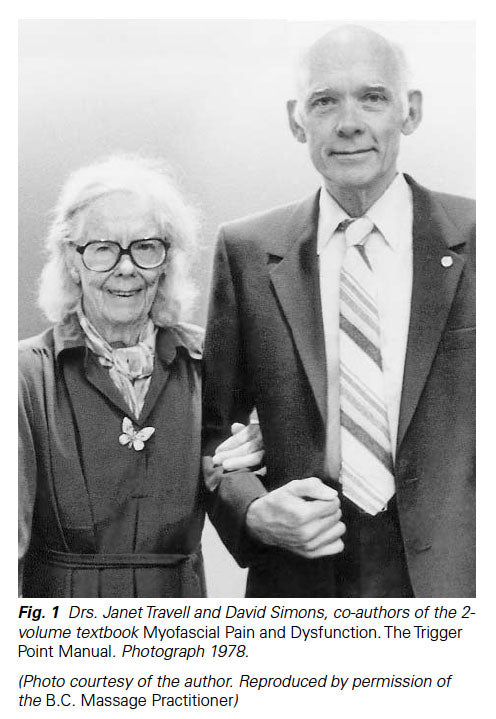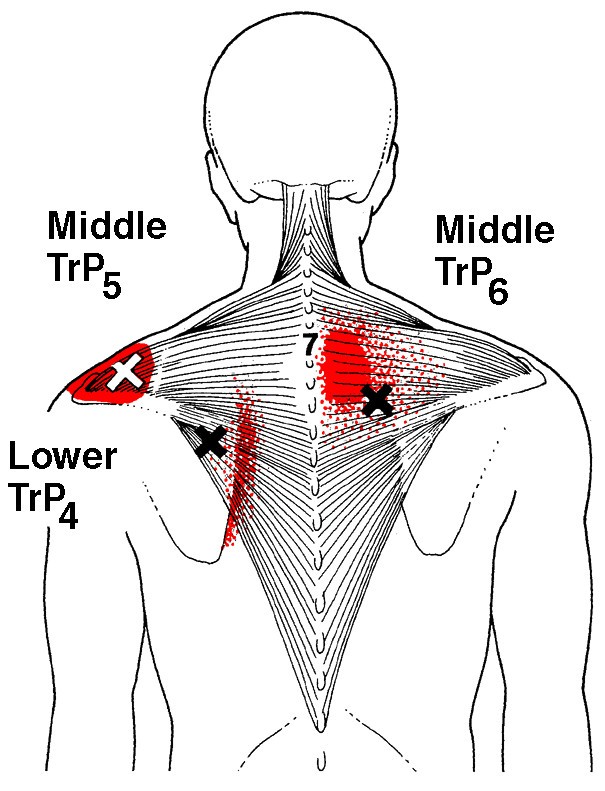
Now imagine you've got a bowling ball resting in your palm. To illustrate the point, put your elbow on the table in front of you with your forearm pointed straight up to the ceiling. If the body is distorted off its center line of gravity, compensating muscular patterns can result. The reason for that lofty status is due to the fact that structural imbalance is often the root problem responsible for ischemia, trigger points, and nerve compression or entrapment. In a sense, this issue is the most significant of all. The fourth cause of lower back pain is structural imbalance or postural imbalance. This can result in pain down the back of the leg.Ĥ) Structural Imbalance, aka Postural Distortion For example, the sciatic nerve (the largest nerve in the body) runs down through the buttocks and can become entrapped by the piriformis muscle when that muscle is very tight.

If the bulging puts pressure on a spinal nerve, then you've got pain! Nerve entrapment is when a nerve is caught or pinched by the soft tissues. Nerve compression occurs when the spine becomes misaligned for some reason (faulty movement patterns, injury, chronic muscular tightness) and one of the discs between the vertebrae get squeezed on one side so that it bulges out the other side. Nerve compression is the pressure put on a nerve by a bone or an intervertebral disc.

The third cause of lower back pain is nerve compression and entrapment. This is NOT same thing as the referred pain caused by nerve compression and nerve entrapment which will be covered next.ģ) Nerve Compression and Nerve Entrapment That sensation can be pain, tingling, numbness, thermal sensations (hot or cold), weakness, a general achy quality, or the feeling that "it just doesn't feel right." For example, you might have a trigger point in a muscle of your lower back which refers sensation down into your buttocks, or even down the leg. Active trigger points cause referred sensation to other parts of the body. For example, fibers in an ischemic muscle (a muscle with low blood) can become an active trigger point in response to biochemical changes in the tissue. A trigger point is an area of the soft tissue which, after chronic contraction and reduced blood flow, becomes an area of high neurological activity. The second cause of lower back pain is trigger points. The most prevalent cause of lower back pain, by far, is muscular strain and spasm due to ischemia. Ischemia occurs when muscles are chronically contracted over a period of time. Without adequate blood to provide nutrients and oxygen, soft tissues such as muscles, tendons, ligaments, and fascia build up lactic and other toxins and become painful. The first cause of lower back pain is ischemia. John Neuromuscular Therapy training, a method of postural analysis and clinical massage therapy focused on musculoskeletal alignment and treating compensatory muscular patterns. The following breakdown is adapted from the St. The cause of lower back pain can be broken down into five primary problems which interconnect with one another. Janet Travell and David Simons made explicitly clear in their exhaustive two-volume work, Myofascial Pain and Dysfunction: The Trigger Point Manual, a vast proportion of chronic pain in the body is not due to problems with damaged nerves, disrupted bursae, and degenerative joints, but dysfunction in the soft tissue, especially skeletal muscles. By evaluating the relationship between the body's overall structure in gravity and it's function in movement, the causes of lower back pain begin to reveal themselves.Ī holistic perspective guides us to one of the most overlooked sources, not only of lower back pain, but chronic pain in general.

However, a holistic view of the body can begin to sort out the confusion. When the body is viewed as a collection of isolated parts rather than an elegant, integrated whole, the causes of lower back pain remain a bewildering thing. This perspective derives from a mechanistic, non-integrated view of the body which has been our legacy since the scientific revolution. It is often stated in conventional literature that the cause of lower back pain cannot be precisely identified.


 0 kommentar(er)
0 kommentar(er)
